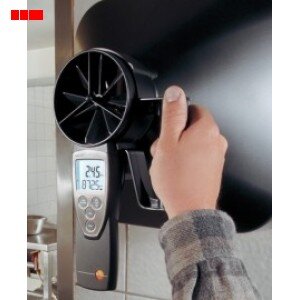
Draconian Advice from Landlords re Managing Internal Environments…
Many people in rented accommodation find themselves in fuel poverty. Unfortunately, they also find themselves lumbered with the least efficient and most expensive to run heating systems. Typically, tenants with electric storage heaters are on a prepaid meter and many teants simply cannot afford to heat their homes. As a result condensation dampness accumulates and often mould.
The advice to switch on the heating seems sensible, however to then suggest that the windows should be opened is utterly ridiculous. I cannot believe that those responsible for such advice go home to their families at the end of a working day, switch on their heating and open their windows.
This advice is made all the more ridiculous since the introduction of the Homes Act that brought about revisions to the Landlord’s repairing obligations under Section 9A. The responsibility of the Landlord is now to keep the property free from dampness even if that dampness is condensation related due to poor design of the property, lack of ventilation and/or insulation. Essentially, a property should be able to properly vent out normal domestic moisture without the need to open windows. We are constantly bombarded with initiatives from the government and other sources encouraging us to protect the environment, insulate our homes and use more efficient heating systems. How then is telling someone to open their windows and turn their heating on in line with anything remotely conducive to environmental protection and the like.
What does this mean for tenants?
Firstly, the Landlord’s responsibility is to install a system of space heating that is both efficient and affordable to run. Most people in rented accommodation are in fuel poverty and the heating system should be affordable to maintain habitable temperatures.
Secondly, the property must have sufficient ventilation to remove normal domestic moisture. This includes mechanical extraction which must be able to do extract 15 litres per second in a bathroom and 60 litres per second in a kitchen where the extractor is not positioned over the cooker. It is no longer sufficient to place a piece of paper over the extractor fan to check that it is working, the actual flow rate must be measured with an anemometer to ensure the Landlord has met his obligations in respect of proper ventilation.
Thirdly, insulation must be adequate. Time and again we see properties with raked ceilings (skeilings) in the bedrooms. The raked section is frequently uninsulated, whilst the walls are filled with cavity wall insulation and the loft has up to 300mm of loft insulation. These insulated cold conduits will and do promote condensation and horrendous black mould issues, some of which is toxic and can irreparably damage health.
Under the revised sections of the Landlord and Tenant Act, abating the statutory hazards of damp and mould and excess cold is now the responsibility of the Landlord and it is no longer sufficient to offer draconian advice to Tenants unable to afford to heat their homes due to the antiquity and inefficiency of the heating systems supplied.
For more information on how Redfearn Experts can gather the right evidence in favour of these breaches of repairing covenants please get in touch.

Anemometer and associated attachments for verifying the efficiency of mechanical extractor units.

Uninsulated section of ceiling is now actionable in order to abate the statutory hazard of damp and mould
